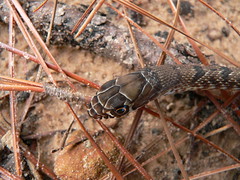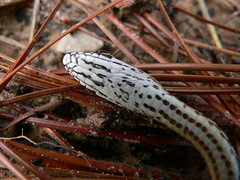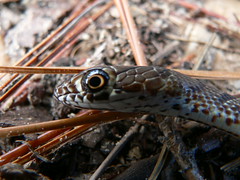Ivory-billed Woodpeckers in Florida???
In Volume 1, No. 3 issue of Avian Conservation and Ecology there's an article reporting that during a year of research, a search team has reported the sightings of Ivory-bill woodpeckers, yes woodpeckers, seen in the mature swamp forest in the panhandle of Florida along the Choctawhatchee River. They claim to not only have multiple audio recordings of double knocks and "kent" calls, but of also seeing, on 14 occasions, what they thought were actual ivory-billed woodpeckers. Interesting. As this story gets around many will begin asking, "where's the photographic evidence?" "Where's the video?" Even when a video is captured, as with the Luneau video, unless it is "perfect" it will be intensely scrutinized. So until perfectly clear pictures or video is captured, an active nest or the body of an ivory-bill is found it will still be up in the air as to whether or not it still exists. I for one hope it does......
To read this very interesting article go here.
To read this very interesting article go here.
Labels: ivory-bill woodpecker






